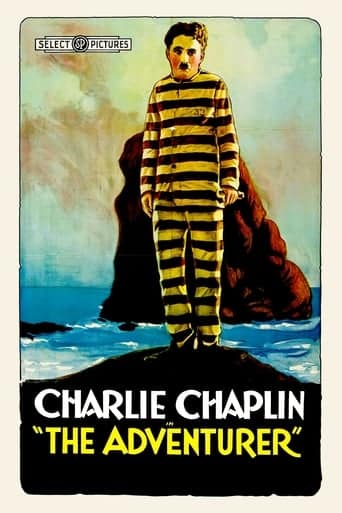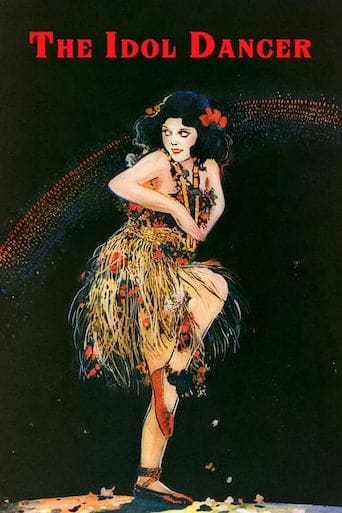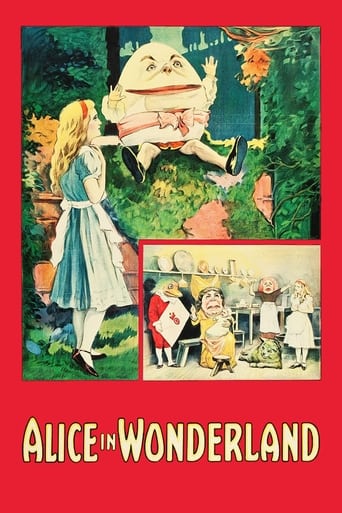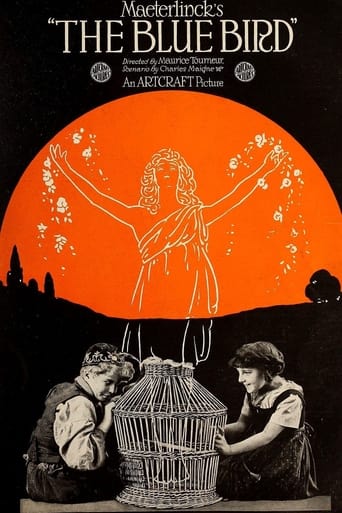The Adventurer (1917)

 “The Adventurer” (1917), directed by and starring the iconic Charlie Chaplin, is a silent film that encapsulates the essence of Chaplin’s beloved character, the Little Tramp.
“The Adventurer” (1917), directed by and starring the iconic Charlie Chaplin, is a silent film that encapsulates the essence of Chaplin’s beloved character, the Little Tramp.
With a stellar cast including Edna Purviance, Eric Campbell, Henry Bergman, and Albert Austin, the film takes audiences on a rollicking journey filled with comedic escapades, heartwarming moments, and the timeless charm that defines Chaplin’s cinematic legacy.
The narrative kicks off with the Little Tramp making a daring escape from prison, setting the tone for the misadventures that follow. Chaplin’s ability to blend physical comedy with subtle expressions and gestures becomes evident as the Tramp maneuvers through obstacles and eludes capture. The prison escape sequence serves as a showcase for Chaplin’s agility and comedic timing, establishing the lighthearted yet mischievous tone of the film.
The plot takes an endearing turn as the Tramp comes to the rescue of a girl and her mother from drowning. This act of heroism introduces a compassionate side to the Little Tramp, revealing his willingness to step in and help those in need. Edna Purviance, a frequent collaborator with Chaplin, adds warmth to the narrative as the grateful girl, creating a dynamic that blends humor with moments of genuine connection.
As the story unfolds, the Little Tramp finds himself entangled in the high-society world of a swank party. This setting becomes a playground for Chaplin’s social commentary, as the Tramp disrupts the sophisticated gathering with his slapstick antics. The contrast between the elegance of the party and the Tramp’s disheveled charm underscores Chaplin’s exploration of class dynamics, a recurring theme in many of his films.
Eric Campbell, a regular collaborator with Chaplin, assumes the role of the antagonist, providing a formidable foil to the Little Tramp’s antics. The physical comedy between Campbell and Chaplin adds a layer of slapstick humor, with the Tramp outsmarting his larger adversary in a series of delightful and choreographed sequences.
Henry Bergman and Albert Austin, also familiar faces in Chaplin’s ensemble, contribute to the film’s comedic richness. Bergman, often cast in supporting roles, brings his distinctive physicality to the narrative, enhancing the humor through his interactions with Chaplin. Austin’s comedic timing and versatility add depth to the ensemble cast, creating a cohesive and entertaining dynamic.
“The Adventurer” not only showcases Chaplin’s prowess as a performer but also highlights his skill as a director. Chaplin’s ability to craft a narrative through visual storytelling, relying on expressive gestures and visual gags, is evident throughout the film. The pacing, comedic beats, and the seamless integration of physical and situational comedy contribute to the film’s enduring appeal.
The film’s comedic crescendo reaches its peak as the Little Tramp, unintentionally, yet hilariously, wreaks havoc at the swank party. The juxtaposition of the Tramp’s unassuming presence against the backdrop of high society generates laughs while inviting audiences to reflect on societal norms and expectations.
In the midst of the laughter, Chaplin weaves moments of genuine emotion. The Little Tramp’s interactions with the girl and her mother, as well as his brief encounters with other characters, reveal a character who, despite his comedic antics, possesses a genuine and relatable humanity. This blend of humor and heart is a hallmark of Chaplin’s storytelling.
“The Adventurer” concludes with a pursuit sequence that combines suspense with slapstick comedy, showcasing the Little Tramp’s ability to navigate chaotic situations with charm and resourcefulness. As the film comes to a close, the audience is left with a sense of satisfaction, having experienced a rollercoaster of laughter, warmth, and the timeless brilliance of Chaplin’s artistry.
In retrospect, “The Adventurer” stands as a testament to Charlie Chaplin’s enduring impact on cinema. The film’s blend of physical comedy, social commentary, and heartfelt moments captures the essence of the Little Tramp and solidifies Chaplin’s legacy as a masterful storyteller and performer. With a stellar cast, memorable sequences, and the indelible charm of Chaplin’s iconic character, “The Adventurer” remains a classic that continues to enchant audiences, inviting them into the timeless world of silent film comedy.
Release Date: October 17th, 1917
Main Cast Members
Charlie Chaplin (The Eel / Commodore Slick)
Edna Purviance (Miss Brown – The Girl)
Eric Campbell (The Suitor)
Henry Bergman (Judge Brown – The Father / Docker)
Albert Austin (The Butler)
Phyllis Allen (Governess)
John Rand (Party Guest)
Loading live eBay listings...




